Jeffrey Vadala
Recently, genetic studies have shown that cats have lived as undomesticated alongside human societies for much longer than previously thought. This means that unlike dogs, whose DNA diverged when they were domesticated from wolves, domesticated cats have changed relatively little from their wild relatives (Ottoni et al 2017). This may be in part because cats were domesticated and living with humans much later in history. Whereas dogs were domesticated during the tail end of the Paleolithic period (15,000 years ago), evidence suggests that cats probably first began living with people (in undomesticated form) in the Neolithic period (8,000 years ago). In the Neolithic period, humans began farming and storing food which consequently attracted rodents pursued by cats as prey.
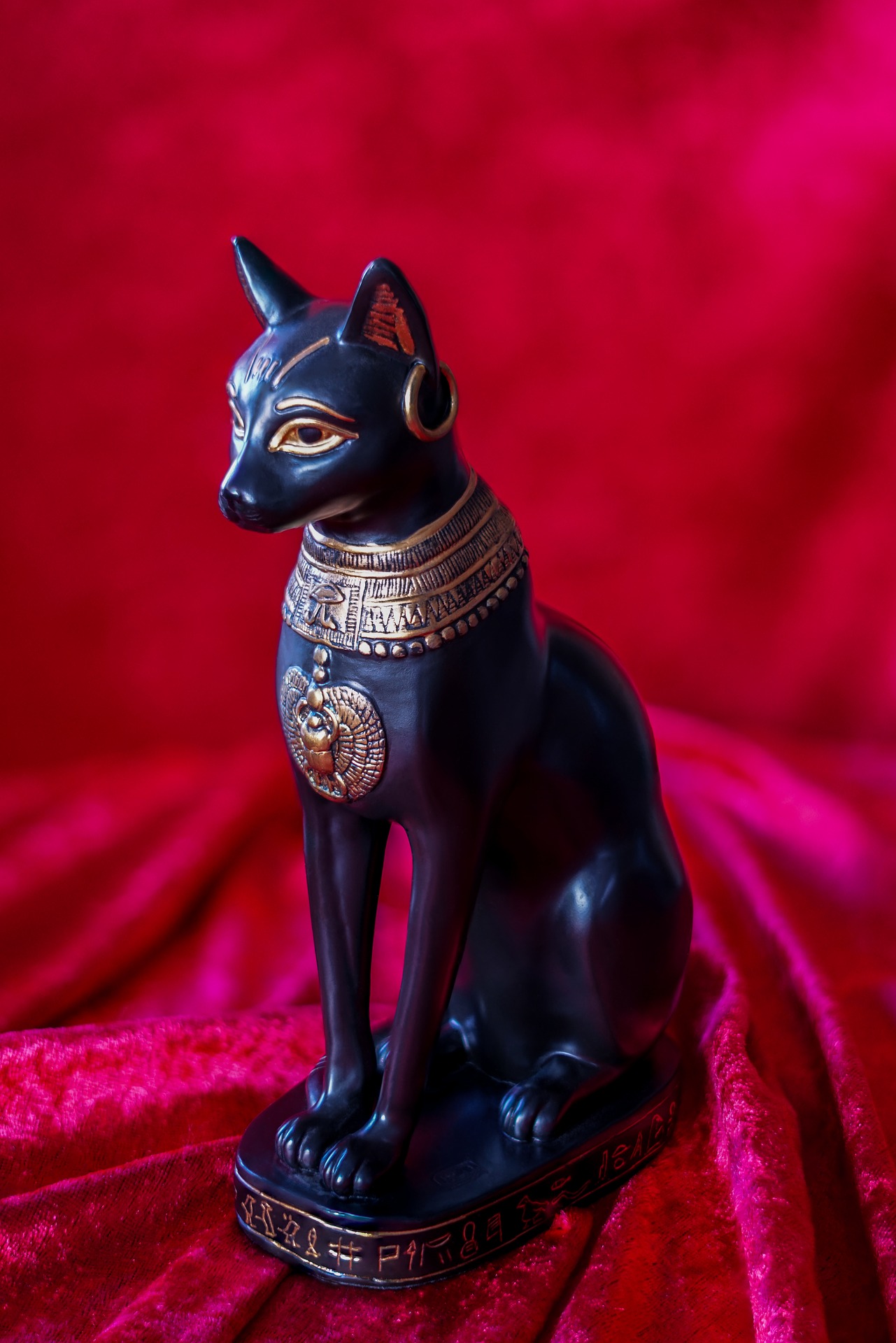
Statute representing Egyptian goddess Bastet
Evidence of actual cat domestication from this period is scant, yet in pre-dynastic Egypt (pre 3150 BC), and eventually dynastic Egypt (post 3150 BC), it appears more and more likely that cat domestication occurred. Iconography from these periods demonstrates humans had developed important and meaningful relationships and a complex series of beliefs about cats (Ottoni et al 2017). It is widely known that Egyptians venerated cats while worshiping cat-deities that represented fertility, power, and justice (Malek 1997). Probably spreading from Egypt to other societies along ancient trade routes, cats eventually came to integrate with different cultures around the world (Ottoni et al 2017).
Today, numerous cultures have varied and often complex beliefs surrounding the cats that live within and near their societies. With this in mind, using eHRAF World Cultures, this post will examine some of these beliefs about cats to more deeply understand the cross-cultural spectrum of human-cat relationships that exists worldwide.
Good Omens and Cat Respect
Societies around the world can regard cats as either good or bad omens. In most Muslim societies, the cat is a revered animal (Glassé 2003). Given the geographic proximity, this may be related to the Egyptian veneration of cats that spread from the Near East. According to hadiths (divine accounts or narratives), it is said that the prophet Muhammad prohibited the killing of cats after a cat saved him from a snake attack (2003). Perhaps in gratitude for saving him, Muhammad became a staunch protector of cats. One of his friends, Abu Huriah, even notes that Muhammad declared that a woman went to hell for starving a kitten (Kurzman 1998).
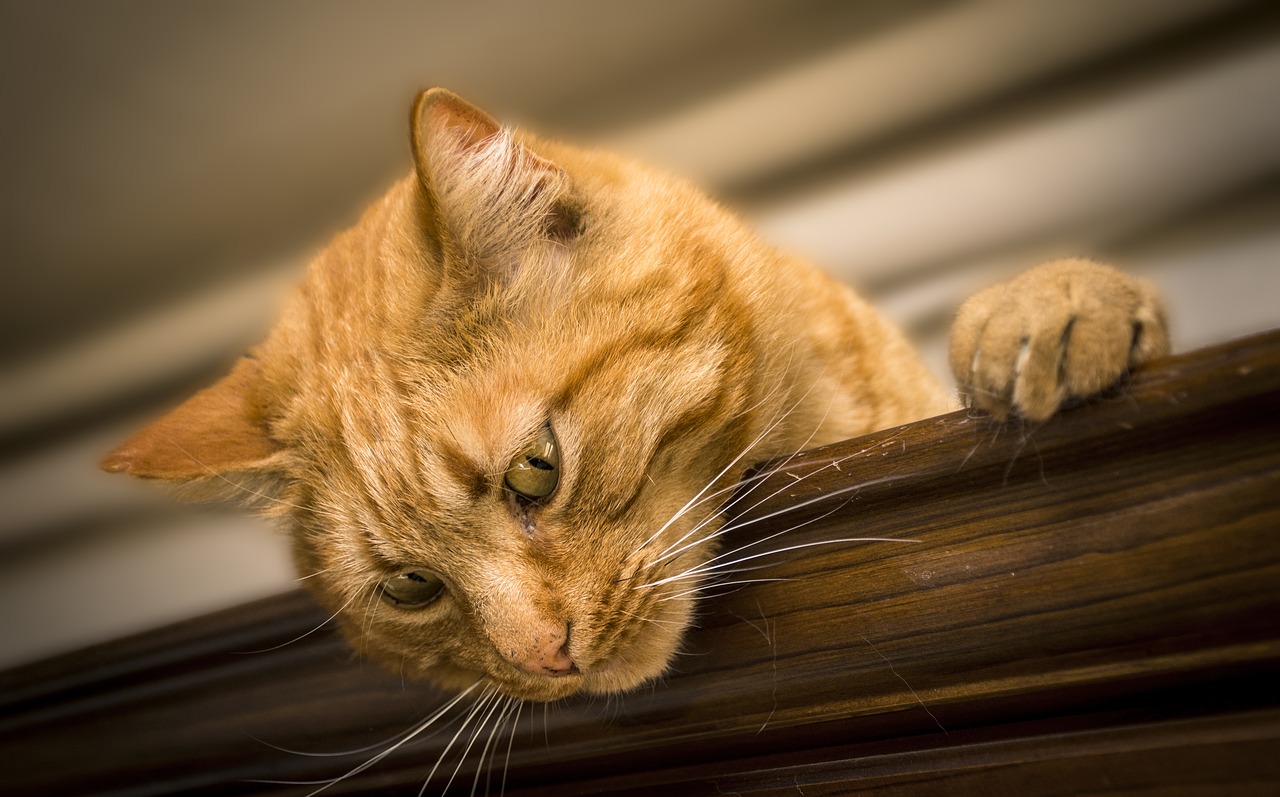
The Muslim admiration of cats extends beyond the near east. In describing the beliefs of Muslims near Tomini Bay (Indonesia), Adriani and Kruijt (1951:317) note Muslims have a special appreciation for the cat and a special set of beliefs related to how one treats cats. More specifically cats play a role in one’s destiny in the afterlife. Adriani and Kruijt (1951:317) note that it is believed that a cat is encountered when one enters the afterlife, “when the soul has walked around a bit, it comes to a bridge across a river, where a cat stands watch”.
They go on to cite a similar set of important stories similar to that of Muhammad’s ultimate admonition of cat cruelty. They note it is believed that a “woman was specially punished in the underworld on account of mistreating a cat” (ibid). Furthermore, Muslims of the Tomoni Bay believe that if one mistreats a cat, there are ritual actions that could help solidify one’s position in heaven: “If someone has killed a cat on earth, then he must first take the hairs of this cat, one by one, up on a mountain” (Adriani and Kruijt 1951:317).
In general, for Muslims around the world, being good to cats is thought it potentially help an individual get to heaven. Citing an example of this belief, Adriani and Kruijt (1951:317) recount a story where it is described how “a pious person who found favor before Allah learned that he owed this not so much to the faithful fulfillment of his religious duties as to the care of an unfortunate cat”.
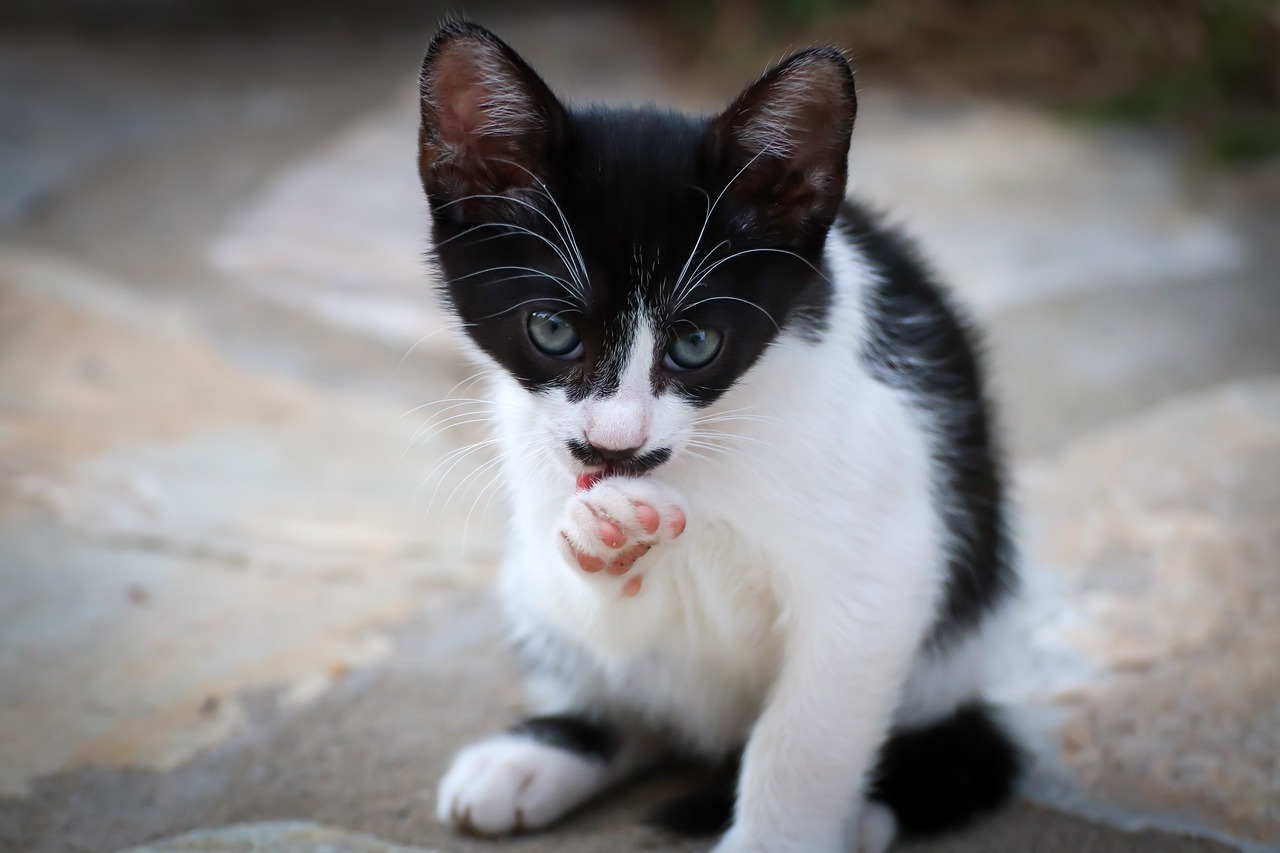
Massé and Messner (1954) describe cultural beliefs related to cats in Persian culture. A cat’s behavior may interpreted as either a good or bad omen. For example, a cat washing or licking its paws and cleaning its face near the front door indicates that a guest will arrive soon. Similarly, if the feline face cleaning occurs while an onlooker has hand in their pockets, it is believed that the person will receive money that day.
In rural Thailand, cats are symbolically viewed in a completely different manner. Associated with the dry season, cats are used in rural rain-making ceremonies. Like many societies that enact rituals during dry seasons or droughts, adherents to the Thai folk religion of Ban Nai pick a female cat raised in temple to be the central focus of a rain ritual. Carried in a cage, the female cat is taken house to house while devotional songs to the gods are sung. At each house, the dwellers welcome the singers and throw water on the cat. After each house is visited, a feast is held at the temple and the soggy cat is left to dry.
Although this sounds uncomfortable for cats, it is an important symbolic ritual for the Ban Nai. Across Thailand, tossing water on a cat is viewed as a powerful symbolic gesture. With their general aversion to water, cats symbolize dryness or drought (Kingkeo 1968). Textor (1973:73) describes this as follows: “the cat would seem to symbolize those natural or supernatural forces that prefer dryness, and hence must be decisively overcome — by a drenching process which symbolizes the desired reward itself.” Based on this belief system, cats are soaked in water as a form of “sympathetic magic” to bring rain and end dry spells.
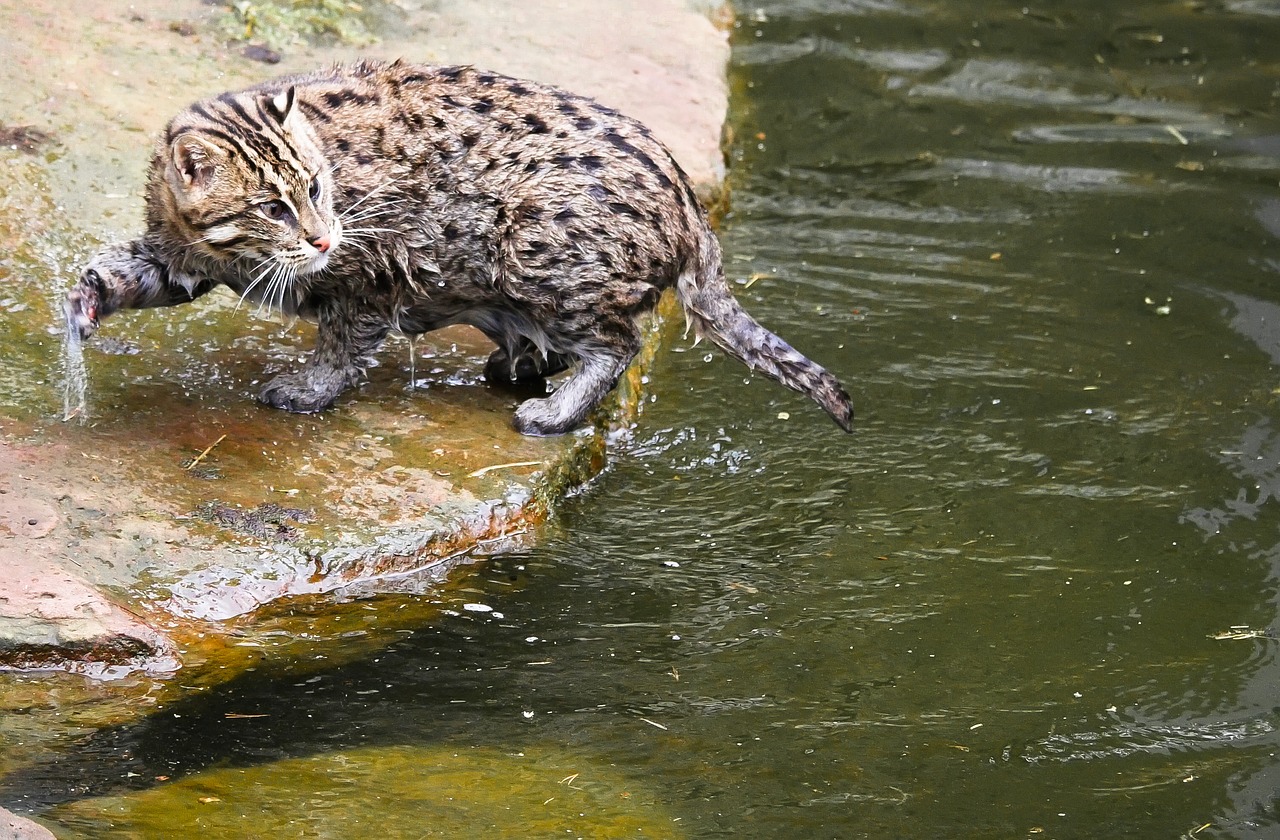
Bad Omens and Cat Transformations
Not all cat behaviors are taken as good omens. For Persians, cat behavior can be associated with very dangerous omens. For instance, if a cat rubs its face on a person, it is a sign of impending danger. In regards to feline brawling, Massé and Messner (1954) state that “when two cats fight they must be separated quickly, or some difficulty will arise”. Perhaps the worst omen related to cats is a dead cat found in the house. It thought that a dead cat must immediately be expelled from the house to ward off “imminent misfortune” (1954:189).
It is also commonly thought that black cats are entities called djinn, more commonly known as “genies” in English. Given that djinn are powerful and dangerous spiritual creatures, mistreating black cats is therefore a risky proposition. If a djinn is harassed or tormented, a fainting spell will come upon the harasser. Furthermore, it is thought that if a black cat enters a room at night, it must be greeted just in case it is a maleficent djinn. The risk of an immediate induced psychological state of insanity is a possible side effect of improperly greeting such a special guest (1954:352).
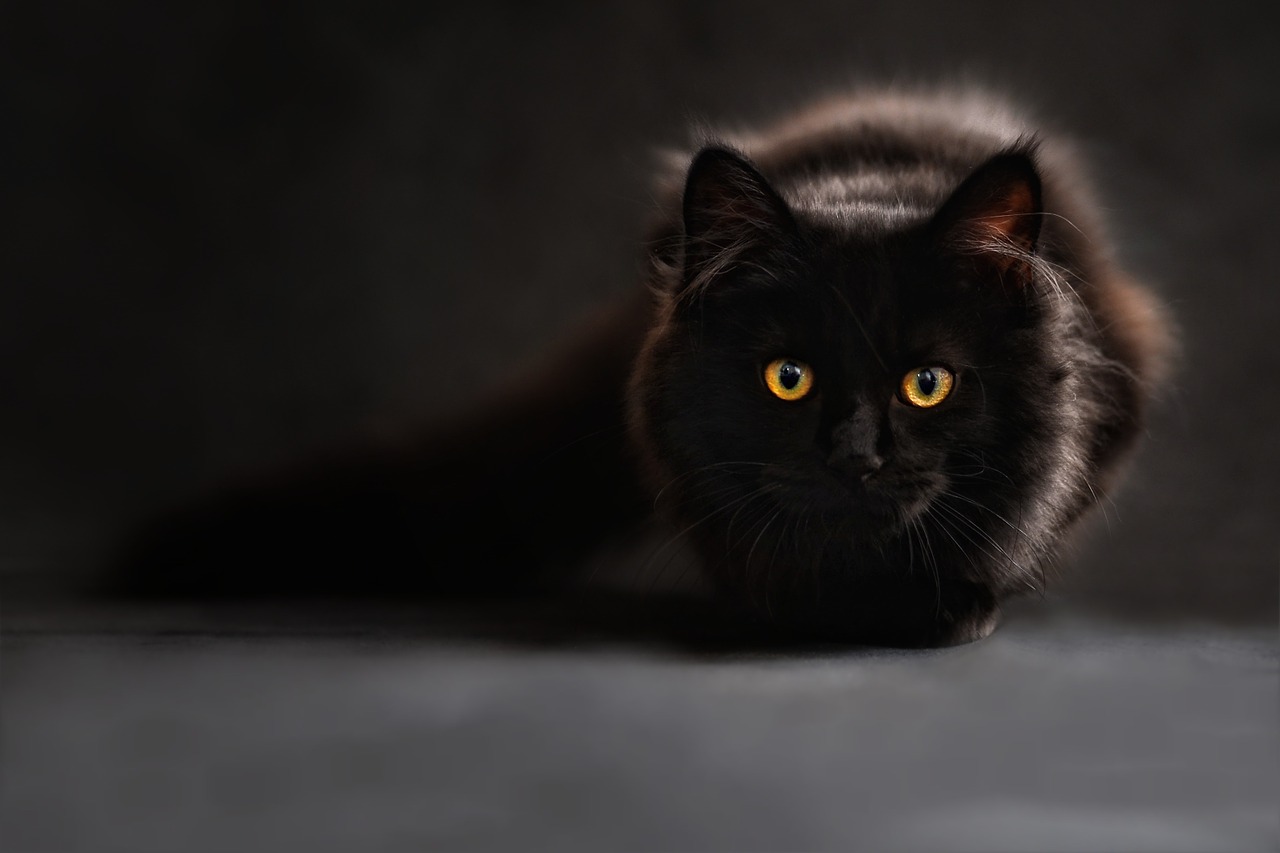
In the Yucatan, Maya sorcerers are thought to have the ability to transform into several forms of domestic animals, including cats. A shape-shifting sorcerer that can turn into a cat is called a “uay-miz” or cat sorcerer. Redfield and Villa Rojas note that anyone can learn how to transform into a spirit-animal if they wish to “traffic in evil” (1962:178). This ability is predicated on the Maya belief that human souls can be connected to animals like cats (Descola 2013). This belief is fairly common in the Maya culture and these animal transformations are often not taken seriously. It is believed that sorcerers transform into cats simply to create mischief and pranks (Villa Rojas 1945:136).
In Azande society, located in North Central Africa, a wild cat called an adandara is feared and thought to be an extremely deadly omen (Evans-Pritchard 1963). Just seeing the adandara can cause a person’s death. Associated with witchcraft and lesbianism, these cats have bright bodies with large eyes that gleam in the night while they produce an extremely shrill sound (Evans-Pritchard 1963, 1970:1432). Evans-Pritchard (1937:51) notes that in Zande mythology it is believed that on rare occasions “male cats have sexual relations with women who give birth to kittens and suckle them like human infants.” It is thought that this power is transmitted through witch families from generation to generation (Evans-Prichard 1937:55). In one example, Evans-Pritchard (1971:371) describes how these “witch-kittens” are so terrifying that even the military feared and avoided them.
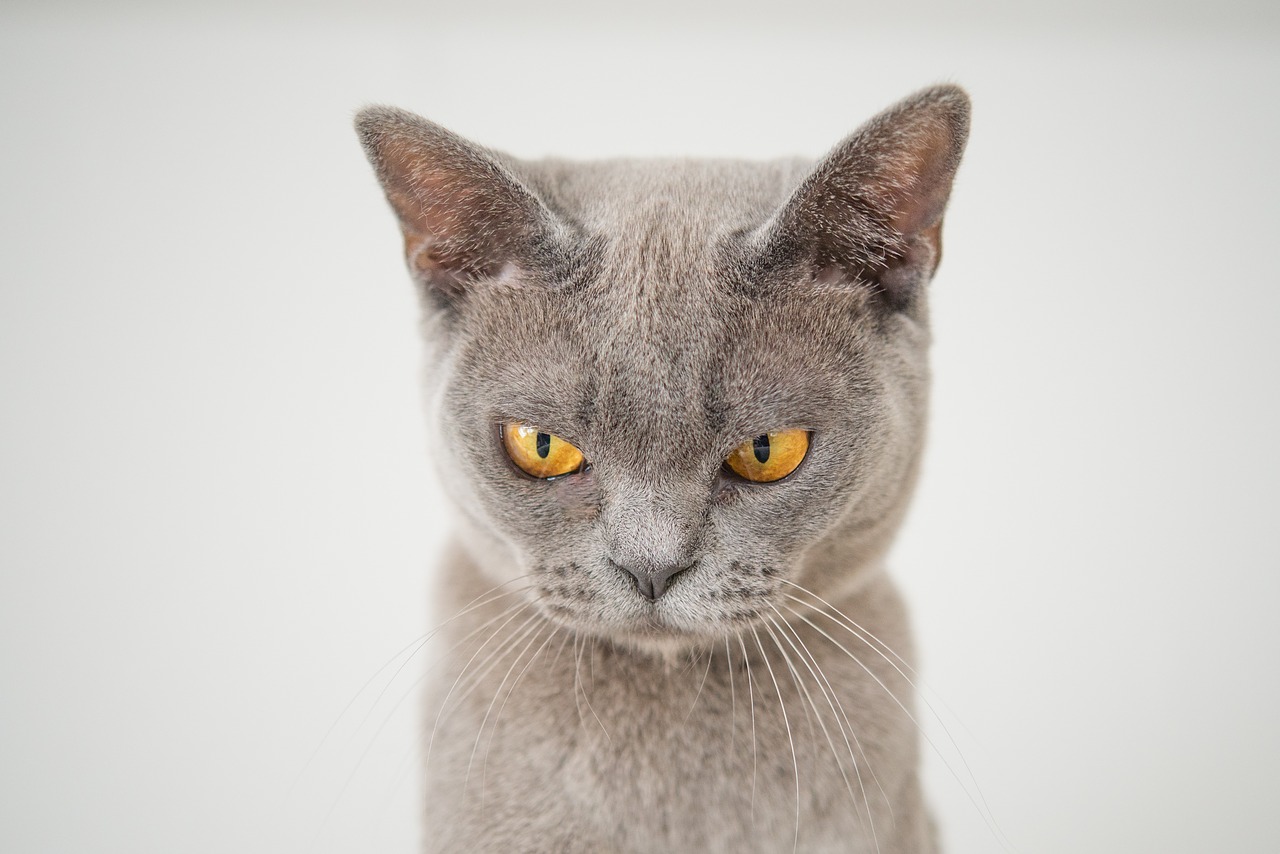
As shown above, cats are regarded quite differently in cultures around the world. Cats can be viewed as messengers of good omens (Persian), bad omens (Persian and Azande), magical beings used to induce rains as well as transform into genies (Persian) or sorcerers (Yucatec). Furthermore, it appears that cultural continuities regarding cat beliefs exist even between distant Muslim societies. For more information about cats, try searching with the following OCM identifiers in eHRAF World Cultures: 231 – Domesticated Animals, or 825 – Ethnozoology. Interested in good and bad omens? Try OCM identifiers 787 – Revelation and Divination, 763 – Omens of Death, 776 – Guardian Spirits or 754 – Sorcery.
References
Adriani, Nicolaus, and Albertus Christiaan Kruijt. 1951. “Bare’E-Speaking Toradja Of Central Celebes (The East Toradja): Second Volume.” Verhandelingen. Amsterdam: Noord-Hollandsche Uitgevers Maatschappij. https://ehrafworldcultures.yale.edu/document?id=og11-003.
Attagara, Kingkeo, 1938. The Folk Religion Of Ban Nai, A Hamlet In Central Thailand. Ann Arbor, Michigan: University Microfilms, 1968 [1984 copy]. 2, 7, 816 leaves [photographs No. 1 – No. 70 are n: ill., maps Document Type: Monograph Accessed From: http://ehrafWorldCultures.yale.edu Accessed On: 2019-7-16 @ 14:26
Campo, Juan Eduardo 2009. Encyclopedia of Islam. Infobase Publishing. P. 131. ISBN 1438126964.
Evans-Pritchard, E. E. 1937. “Witchcraft, Oracles And Magic Among The Azande.” Oxford: Clarendon Press. https://ehrafworldcultures.yale.edu/document?id=fo07-071.
Evans-Pritchard, E. E. 1963. “Notes On Some Animals In Zandeland.” Man 63: 139–42. https://ehrafworldcultures.yale.edu/document?id=fo07-063.
Evans-Pritchard, E. E. 1970. “Sexual Inversion among the Azande.” American Anthropologist, vol. 72, no. 6, 1970, pp. 1428–1434. JSTOR, www.jstor.org/stable/672861.
Glassé, Cyril 2003. The New Encyclopedia of Islam. Rowman Altamira. p.102. ISBN 0759101906.
Kurzman, Charles 1998. Liberal Islam: A Source Book. Oxford University Press. p. 121. ISBN 0195116224.
Malek, J. 1997. The Cat in Ancient Egypt (Revised ed.). Pennsylvania: University of Pennsylvania Press. ISBN 9780812216325.
Massé, Henri, and Charles A. Messner. 1954. “Persian Beliefs And Customs.” Behavior Science Translations. New Haven [Conn.]: Human Relations Area Files. https://ehrafworldcultures.yale.edu/document?id=ma01-007.
Ottoni, C., Van Neer, W., De Cupere, B., Daligault, J., Guimaraes, S., Peters, J., Spassov, N., Prendergast, M.E., Boivin, N., Morales-Muñiz, A. and Bălăşescu, A., 2017. The palaeogenetics of cat dispersal in the ancient world. Nature Ecology & Evolution, 1(7), p.0139.
Redfield, Robert, and Alfonso Villa Rojas. 1962. “Chan Kom: A Maya Village.” Chicago: University of Chicago Press. https://ehrafworldcultures.yale.edu/document?id=nv10-002.
Descola, P. (2013). Beyond nature and culture. University of Chicago Press.
Textor, Robert Bayard 1973. Roster Of The Gods: An Ethnography Of The Supernatural In A Thai Village Author(s):Cornell University. Southeast Asia Program; Yale University. Southeast Asia Studies New Haven, Conn.: Human Relations Area Files. 3, 44, 911 leaves: ill. Monograph Accessed From: http://ehrafWorldCultures.yale.edu Accessed On: 2019-7-16 @ 14:26
Villa Rojas, Alfonso. 1945. “Maya Of East Central Quintana Roo.” Publication. Washington, D.C.: Carnegie Institution of Washington. https://ehrafworldcultures.yale.edu/document?id=nv10-004.